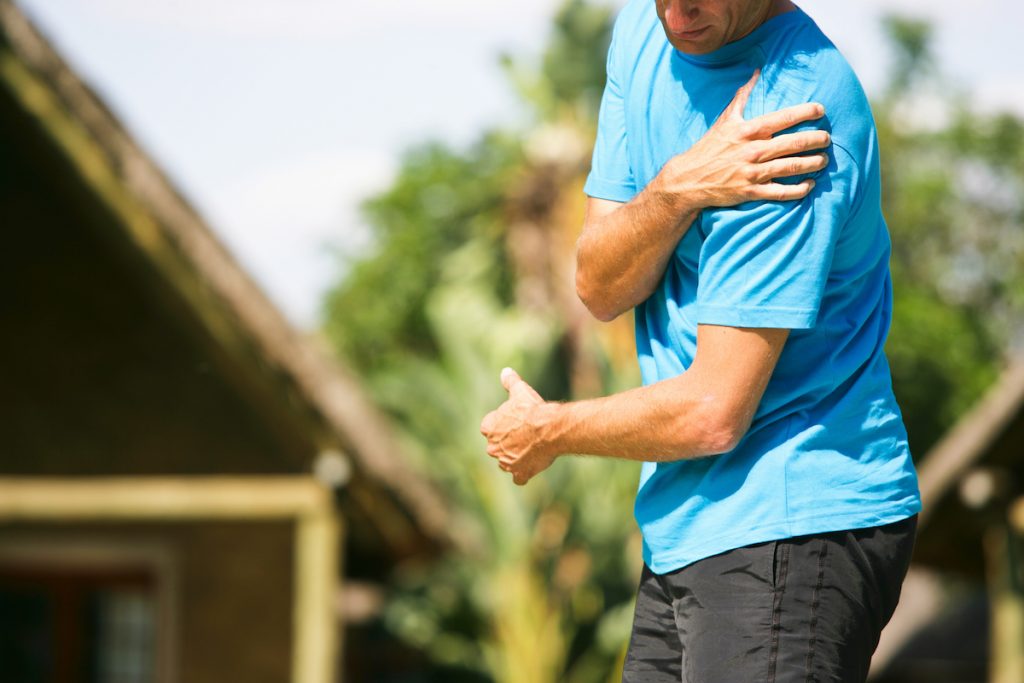Rotator cuff muscles are the stabilisers of the shoulder! The shoulder has the greatest range of motion of any joint in the human body. But it comes at a price; because of its high mobility it is susceptible to injury.
The shoulder is a “ball and socket joint” however the ball is considerably larger than the cavity it sits in, think of it as a golf ball sitting on a tee. If thats the case why doesn’t your shoulder continually pop out of the socket?
There are 2 main contributors:
- The glenoid labrum that increases the depth of the cavity for the ball to sit in
- Rotator cuff muscles
What are the rotator cuff muscles?
The rotator cuff is comprised of 4 different muscles
- Supraspinatus
- Infraspinatus
- Teres Minor
- Subscapularis
All of these muscles have their own individual input to create movement of the shoulder however their primary function is to all work together in harmony to stabilise the shoulder. To be able to move your shoulder throughout its full range of motion pain-free, relies heavily on the strength of the rotator cuff muscles to “control” the movement and keep it in the socket.
Without this control you are susceptible to a range of painful disorders such as:
- Subacromial impingement
- Tendonitis
- Rotator cuff tears
- Bursitis
- Labral Tears
Frequently a lot of people make the mistake of forgetting about these muscles when they go to the gym.
Studies have shown that 68% of problems related to shoulder instability have rotator cuff problems. If you neglect these muscles you could be in for a rude awakening when you wont be able to workout, perform daily tasks with ease or play your favourite sport due to the pain.
Are you on a fast track to shoulder pain?
Factors that may lead to rotator cuff injuries:
- Poor posture
- Desk work
- Lots of driving
- Using the mouse a lot
- Highly stressed (tightened shoulders)
- History of shoulder trauma
Combine that with:
- Pain with throwing or pushing actions
- Pinching sensation at the front of the shoulder
- Pain with lifting arms above head or to the side
- An aching shoulder which may extend into the arm
If you do, you might be suffering from a shoulder issue involving the rotator cuff.
What can you do?
Commonly shoulder pain and/or instability is a result of muscle imbalances. Some muscles will be tight and some may be weak. It is important to identify what muscles you need to stretch and what to strengthen in order to get the best results. If you are unsure, please consult our chiropractors to identify what exercises you should be focusing on.
Dee Why Chiropractic Care’s advice
When doing rotator cuff strengthening exercises, try and use higher repetitions (15-20) at a longer duration (slow reps). Try and adopt a 4-second contraction and a slow 6-second controlled eccentric movement back to the starting position.
It is also important to do mid back extension exercises during the rehabilitation process as it plays a major role in proper shoulder function.
We hope you found this information helpful and if you have any further questions regarding the rotator cuff or if you want to resolve any shoulder pain don’t hesitate to contact us.

